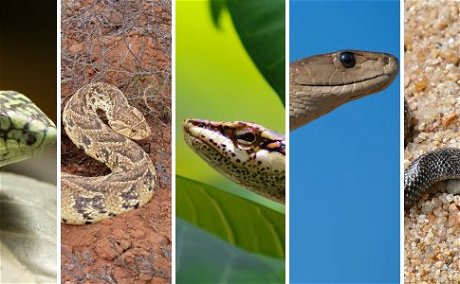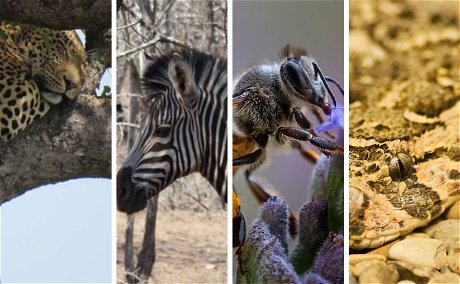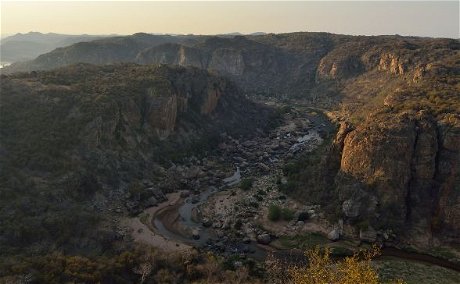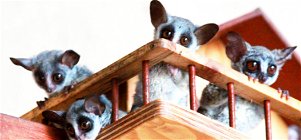Kruger National Park is a haven for diverse wildlife, including a variety of snakes that embody the park's ecological richness. From the fast and venomous Black Mamba to the camouflage expert Vine Snake, and the non-venomous Cape Wolf Snake, these serpents showcase the adaptability and diversity of life in Kruger.
The Elusive Aardvark

The aardvark is a fascinating and unique mammal native to Africa. It is known for its distinctive appearance and specialized adaptations. Here's some information about this elusive creature.
Appearance: The aardvark has a stocky body with a large head and a long, pig-like snout. It has a gray or yellowish-brown coloration and a sparsely haired body. The aardvark's ears are long and pointed, and its eyes are small and set back on its head. It has powerful limbs with sharp claws, which it uses for digging.
Habitat: Aardvarks are primarily found in sub-Saharan Africa, inhabiting a range of different habitats such as savannas, grasslands, woodlands, and scrublands. They prefer areas with loose soil, as they are excellent diggers.
Nocturnal Behaviour: Aardvarks are nocturnal creatures, meaning they are primarily active during the night. They spend their days hiding in burrows they have dug or taking shelter in thick vegetation. This nocturnal behaviour helps them avoid extreme temperatures and potential predators.
Diet: The aardvark is an insectivorous mammal with a specialized diet. It primarily feeds on ants and termites, using its long, sticky tongue to capture them from their nests. With its powerful claws, the aardvark can break into termite mounds and ant hills to access its prey.
Adaptations: The aardvark possesses several adaptations that aid in its unique lifestyle. Its long snout and sticky tongue are specialized for reaching deep into termite mounds, allowing it to extract insects effectively. Aardvarks also have strong limbs and sharp claws for digging burrows, which they use for shelter and protection.
Elusiveness: Aardvarks are generally shy and elusive animals. They are solitary creatures, and their nocturnal habits make it challenging to observe them in the wild. They prefer to avoid contact with humans and are known for their excellent digging and burrowing skills, making it easier for them to hide from potential threats.
Conservation Status: The aardvark is listed as "Least Concern" on the International Union for Conservation of Nature (IUCN) Red List, which means it is not currently considered to be at significant risk of extinction. However, some localized populations may face threats due to habitat loss, poaching, or conflict with human activities.
Overall, the aardvark is a fascinating and unique animal that has evolved specialized adaptations for its insectivorous diet and underground lifestyle. Its elusive nature adds to the intrigue surrounding this remarkable creature.
This post highlights some of its fun and interesting facts about the aardvark. To see these amazing creatures for yourself come visit Kruger National Park and stay at Needles Lodge, your accommodation right on Kruger’s doorstep!
Further Reading
Studying these camouflage artists offers more than survival tactics; it unveils the symbiotic web of life. Each evolutionary adjustment triggers cascading effects, shaping predator-prey interactions, reproductive strategies, and even ecosystem architectures. For visitors to wilderness areas like Needles Lodge, these beings underscore nature's inventive prowess and the critical need to conserve the ecosystems that nurture such diversity.
Exploring Kruger National Park is a journey through Earth's geological history, showcasing ancient rocks, life's evolution, and dramatic landscapes. The park's diverse geology, from three-billion-year-old bedrock to recent Quaternary formations, reveals the planet's dynamic past. Highlights include the Lebombo Monocline and rich fossil records. This narrative emphasizes the importance of conservation and the unique opportunity to connect with Earth's ancient past at Needles Lodge.






Share This Post